Research Area Sport and Exercise Psychology
Our intention is to undertake meaningful scientific research in order to better understand the influence of factors on human behaviour related to sport and exercise , particularly the influence of exercise participation on psychological factors like mental health and well-being, self-regulation as well as health and risk behaviour.
We are researching in an interdisciplinary area combining knowledge from sport science, psychology, sociology, and pedagogy working with different populations ranging from children, adults with health disorders to elite athletes to gain more knowledge about questions like:
- What motivates and what prevents people to participate in physical activity?
- How does physical activity affect mood, well-being, mental health disorders and even other health behaviour? Does this differ in various environments and/or by various activities?
- How do psychological factors influence performance in different settings?
- What are benefits and risks in adventure and high-risk sports?
In our research area we focus on those and many more interesting questions. For more information please also check out our publications on the present page.
Keywords: adventure sports; gender; physical education
Keywords: affective states; expectations; sport psychology
Keywords: health and risk behaviour; acute exercise intervention; quality of life; self-regulation
Ass. Prof. Martin Niedermeier, PhD
Keywords: affective states; expectations; intention; single exercise bouts
Keywords: smoking cessation, exercise interventions, physical activity and Covid-19
Check our list of publications on the buttons below.
Current Projects
- Active mobility – A chance for climate and physical activity behavior at university? (Active campus?)
Details to Active campus?
- Climate change – Will Innsbruck remain an attractive study location? (Change_In_Location?)
Details to Change_In_Location?
- All placebo? Investigating expectancy effects on acute psychological effects of physical activity (PhD Project B Hösl)
- Assessment of the effects of stays in tourist regions of Tyrol on subjective health parameters (ATIREG)
- Placebo effects on the intention to be physically (more) active (Plac_In_PAc)
- The possibility of adventure sports as an intervention strategy to target developmental aspects in adolescents
- Co-education in physical education
- Decision-making in high-stress situations
- Fitspiration content and its impact on well-being
- Exercise as an add-on therapy in smoking cessation in schizophrenia patients – a clinical trial (PhD-Project S Schöttl)
- Interindividual variability of affective reactions and preference for and tolerance of different load intensities in health athletes (PhD-Project M Maibach)
- Therapeutic Climbing in Psychosomatics - factors of effect and acute changes (PhD-Project L Thaller)
- Effects of exercise interventions and time restricted feeding on psychological and physiological parameters (PhD-Project F Hofstätter)
- Theory-driven and Human-centered mHealth Application Development to Support Health Behavior Change (PhD-Project R Folie)
Project Archive
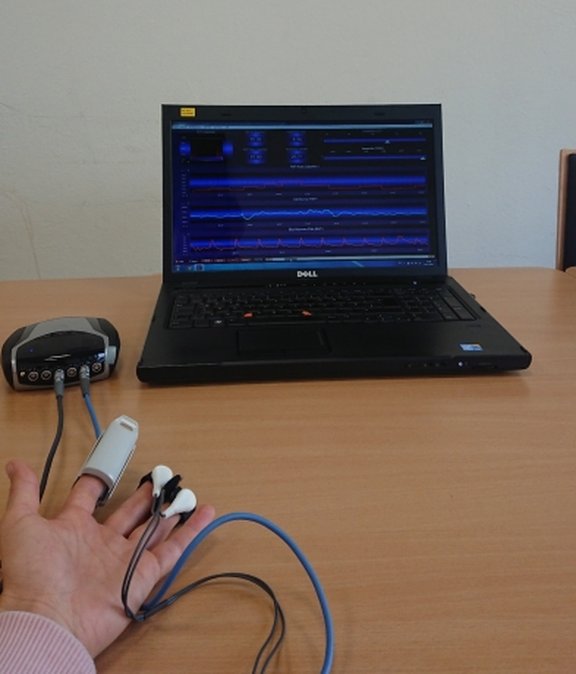
BIOFEEDBACK (NeXus-10 MKII)
Biofeedback devices are used in both competitive sports and in training therapy. The devices can be used to make the physical processes, which normally take place unconsciously, accessible and visible for our consciousness. The measured variables (e.g. respiratory rate, skin conductance or heart rate variability) allow, among other things, conclusions to be drawn about the degree of arousal or the training condition.
PHYSICAL ACTIVITY BEHAVIOR (accelerometry, movisens, Move 4)
The analysis of physical activity behavior is essential in the field of personal and community health. A sedentary lifestyle, as well as daily exercise routines at different intensities, may affect the physical, psychological, and social condition of any person. The Move 4 devices record objectively measured accelerometry-based data on physical activity behavior, including time and intensity of the individual bouts.

QUESTIONNAIRE-BASED METHODS:
The study of individual interpretation of one own’s living environment represents a cornerstone of sport and exercise psychology. Questionnaires are used for these matters, and must meet certain quality criteria. These tools help us investigating, among other variables, people’s motivation towards being active, perceived barriers to exercising, self-awareness, or even the discrepancy between one’s perception and reality. The following questionnaires in German language versions were investigated at the ISW:
- Behavioral and motivational scales in high-risk sports; Sensation Seeking, Emotion Regulation and Agency Scale (SEAS), Risk-Taking Inventory, Accidents and Close Calls in Sport Inventory (Frühauf et al., 2018), Risikobereitschaftskurzskala (Frühauf et al., 2017)
- Affective responses during exercise; Feeling Scale, Felt Arousal Scale (Maibach et al., 2020).
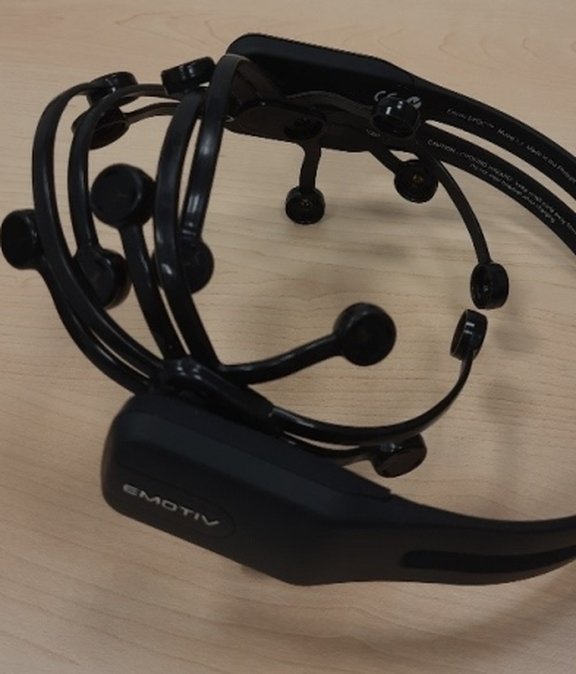
ELECTRO-ENCEPHALOGRAPHY (Emotiv, EPOC+)
The brain plays an essential role in the processes of experience and behavior. Electroencephalography is an attempt to make the processes in the brain observable by recording the voltage fluctuations on the head surface. The present portable system with 14 channels allows first insights here.

CHOICE REACTION SYSTEM:
The measurement of reaction speed is important for questions that deal with elementary speed, fatigue or activation, for example. This test inventory is used to check psychomotor speed and in particular measures choice reaction time. In contrast to the Simple reaction system and Compensatory Tracking Task, this test procedure measures election reaction speed.
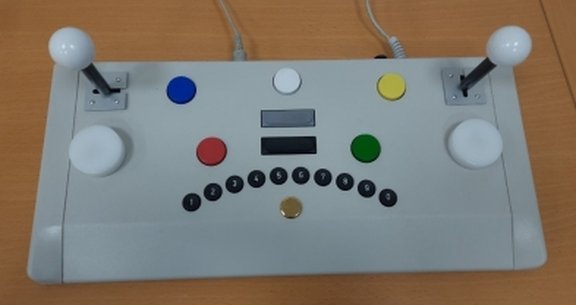
WIENER TESTSYSTEM:
The Vienna Test System is used for various psychological questions and offers a wide range of performance psychology, traffic psychology, developmental psychology and clinical and personality diagnostic test inventories.
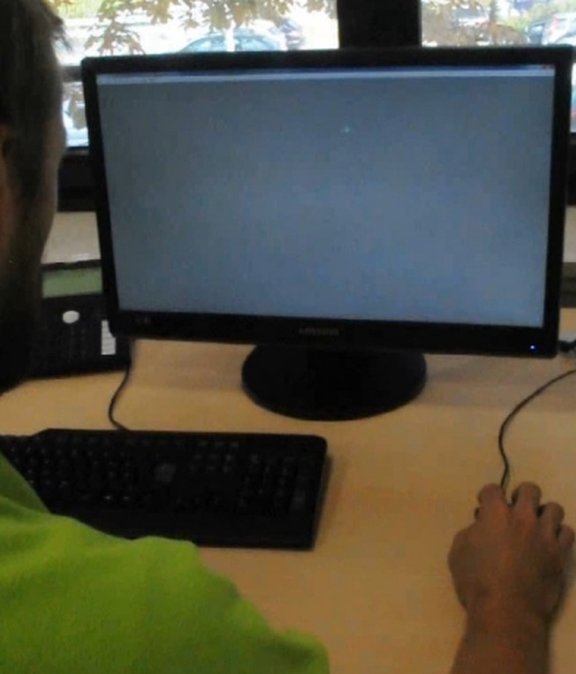
SIMPLE REACTION SYSTEM, COMPENSATORY TRACKING TASK:
The measurement of reaction speed is important for questions that deal with elementary speed, fatigue, or activation, for example. This test procedure measures the speed of reaction to a peripheral stimulus in addition to an automated activity. The task is to follow a cursor as closely as possible with the mouse pointer, which moves left and right in a horizontal direction at different speeds. At irregular intervals, stimuli appear one after the other randomly in one of the four corners of the screen. After the stimuli appear, you must react as quickly as possible. Two measurement parameters are recorded: the average distance of the mouse pointer to the cursor, which represents the accuracy of the automated activity, and the average reaction time as the main parameter for reaction speed. In contrast to the Choice reaction system, this test procedure measures single reaction speed.
CRITICAL FLICKER FUSION THRESHOLD:
The Critical Flicker Fusion Threshold quantifies the cut-off frequency at which flickering light can be distinguished from continuous light. The cut-off frequency is a measure of the processing capacity for cognitive stimuli and is used as a parameter for fatigue.
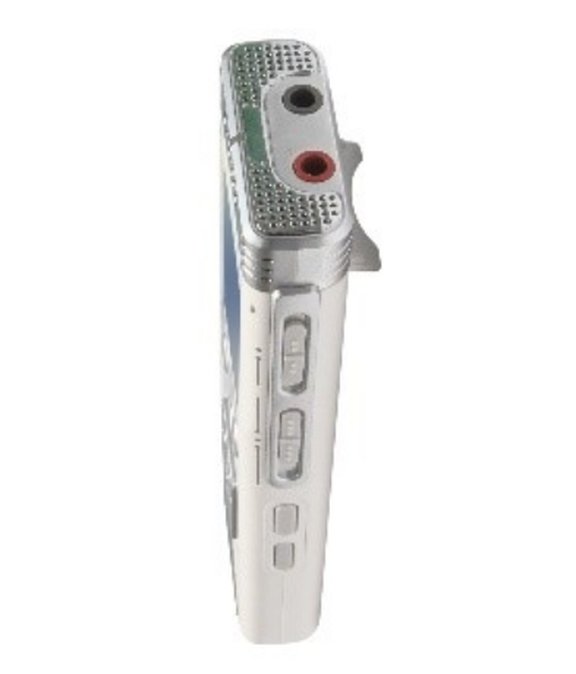
QUALITATIVE INTERVIEWS:
The qualitative interview is one of the most common methods in qualitative research. It explores and generates hypotheses rather than testing them. While using open research questions, especially (sport related) sociological and psychological research questions can be evaluated through the eyes of a specific population. Examples are subjective treatment effects of interventions, expert interviews and perspectives, or the development of new research questions generated through the evaluation of a participants’ perspective.
